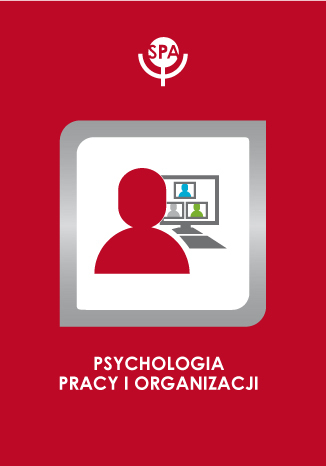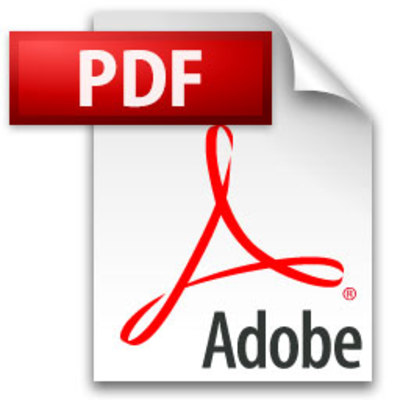Array
(
[id] => 283
[date] => 2019-03-11
[doi] => 10.14691/CPPJ.24.3.491
[title] => Innowacyjność pracowników. Rola indywidualnego dobrostanu i innowacji organizacyjnych
[title_en] => EMPLOYEES’ INNOVATIVENESS. THE ROLE OF INDIVIDUAL WELLBEING AND WORKPLACE INNOVATION
[authors] => ofia Mockałło, Krystyna Skarżyńska
[abstract] => The aim of the paper was to analyze relationships between employees’ innovativeness and two groups of resources: individual wellbeing of employees and organizational workplace innovation. The results of a questionnaire survey conducted among 519 white-collar workers were obtained. Measurement variables were: employees innovativeness (dependent variable) and the following independent variables (hypothetical innovativeness predictors) – work engagement, meaning of work, job insecurity, symptoms of stress, job satisfaction and work ability, as well as the organizational workplace innovation. Hierarchical regression analysis has shown that various indicators of wellbeing are related to employees’ innovativeness in different ways. Work engagement, work ability and stress symptoms were positively, and meaning of work and job insecurity – negatively related with employees’ innovativeness. Two forms of workplace innovation were positively related with employees’ innovativeness: flexible work and organizing smarter. These organizational factors were strongly related with employees’ innovativeness than individual wellbeing. The interpretation of the results refers to the conversation of resources theory (Hobfoll, 2006) and the argument on two forms of wellbeing: eudemonic and hedonistic wellbeing (Warr and Inceoglu, 2012).
[abstract_en] => The aim of the paper was to analyze relationships between employees’ innovativeness and two groups of resources: individual wellbeing of employees and organizational workplace innovation. The results of a questionnaire survey conducted among 519 white-collar workers were obtained. Measurement variables were: employees innovativeness (dependent variable) and the following independent variables (hypothetical innovativeness predictors) – work engagement, meaning of work, job insecurity, symptoms of stress, job satisfaction and work ability, as well as the organizational workplace innovation. Hierarchical regression analysis has shown that various indicators of wellbeing are related to employees’ innovativeness in different ways. Work engagement, work ability and stress symptoms were positively, and meaning of work and job insecurity – negatively related with employees’ innovativeness. Two forms of workplace innovation were positively related with employees’ innovativeness: flexible work and organizing smarter. These organizational factors were strongly related with employees’ innovativeness than individual wellbeing. The interpretation of the results refers to the conversation of resources theory (Hobfoll, 2006) and the argument on two forms of wellbeing: eudemonic and hedonistic wellbeing (Warr and Inceoglu, 2012).
[keywords] => innovativeness, wellbeing, resources, workplace innovation, eudemonic and hedonistic wellbeing
[keywords_en] => innovativeness, wellbeing, resources, workplace innovation, eudemonic and hedonistic wellbeing
[file_path] => /files/articles/2018-24-innowacyjno-pracownikw.-rola-indywidualnego-dobrostanu-i-innowacji-organizacyjnych.pdf
[okladka] => psychologia_pracy_i_organizacji.jpg
[rocznik] => Rocznik: 2018 Tom: 24 Numer: 3
[strony] => 491-498
)










 Pobierz pełny tekst
Pobierz pełny tekst



